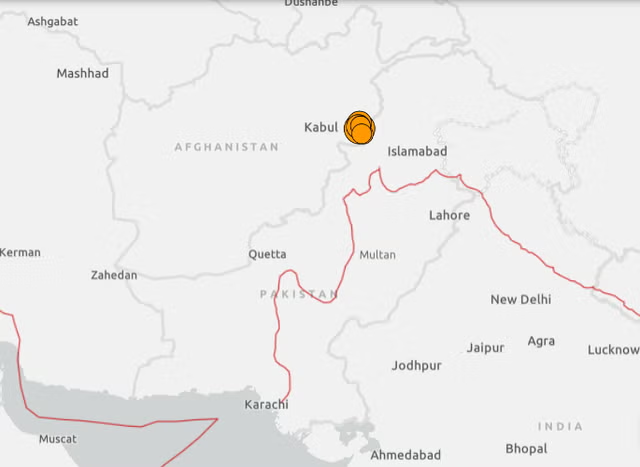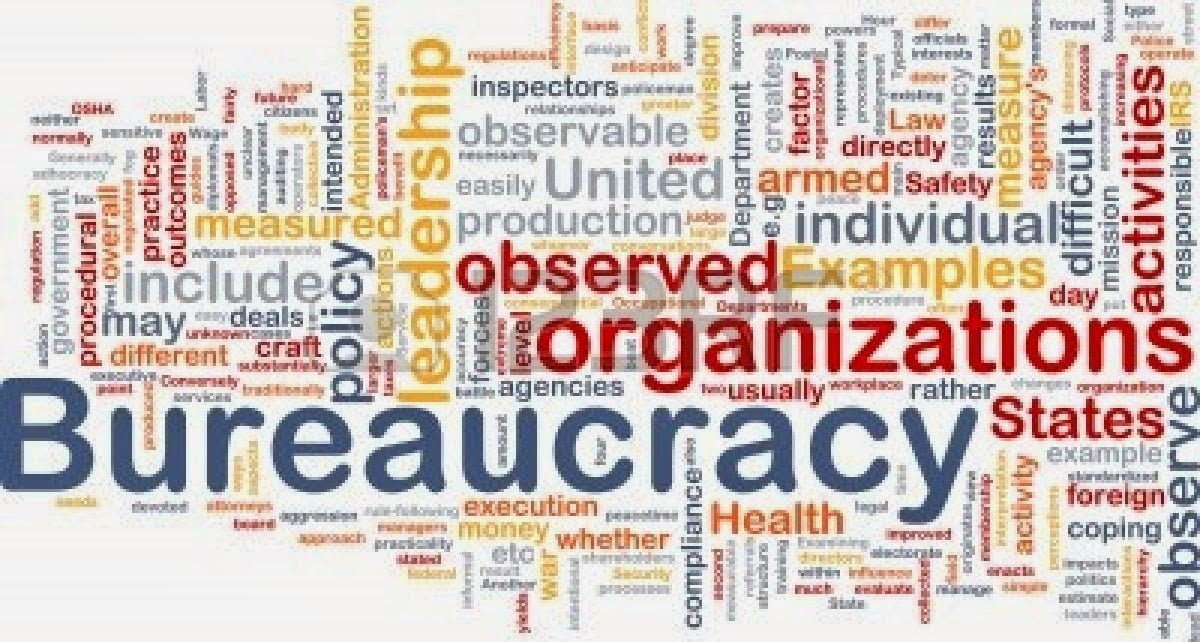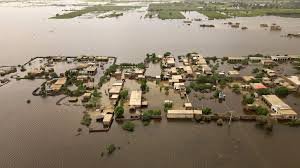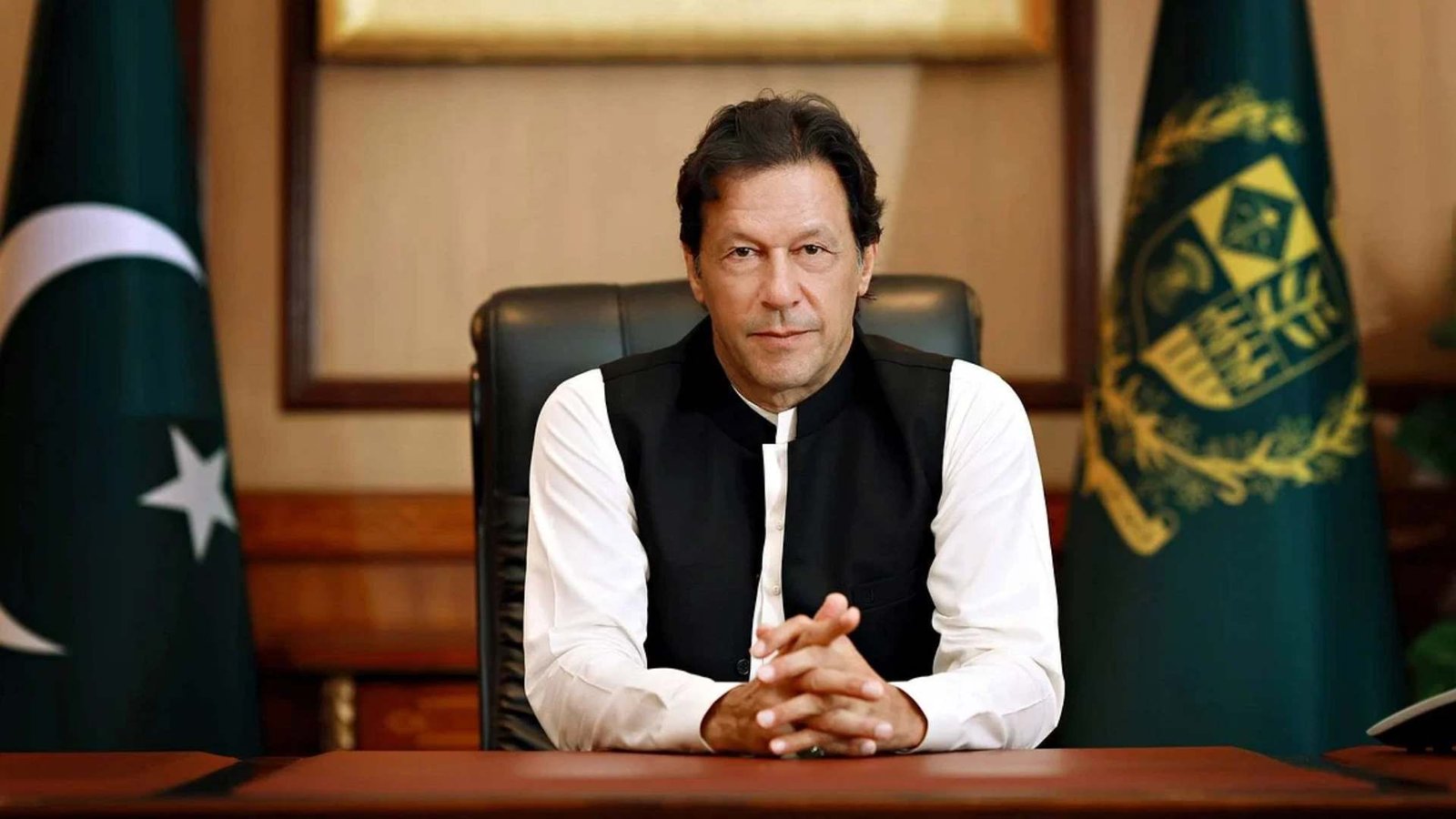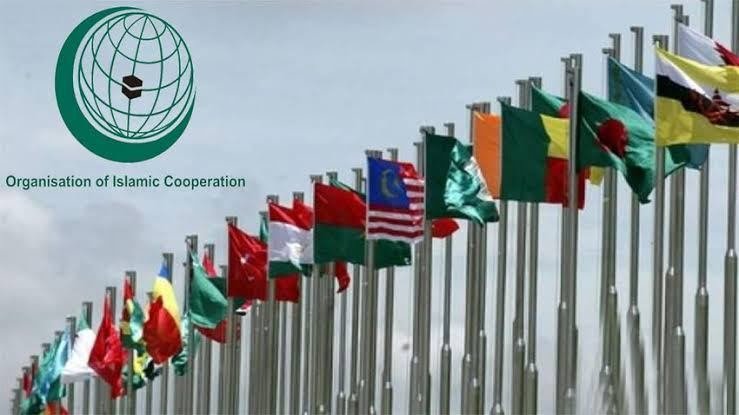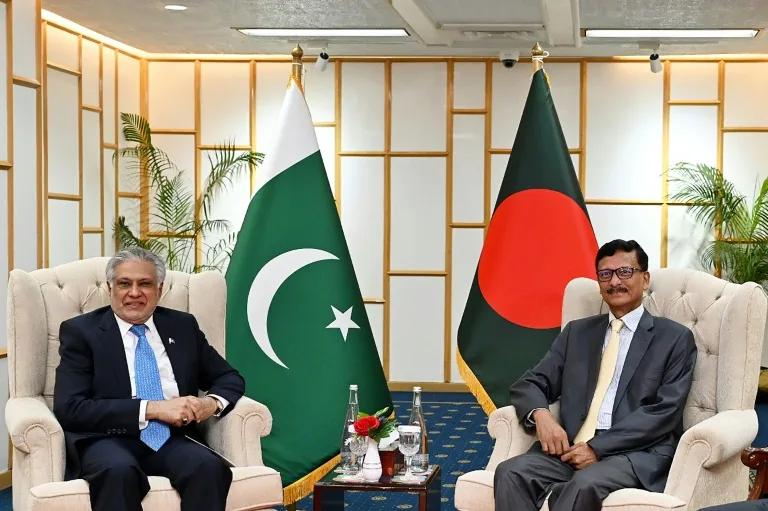Arshad Mahmood Awan
Afghanistan’s Earthquake and the Politics of Abandonment More than 800 people have lost their lives and nearly 3,000 have been injured after a powerful 6.0 magnitude earthquake struck eastern Afghanistan on Sunday night. The United Nations has confirmed the staggering human toll, but the scale of devastation suggests that the numbers may still climb. In Kunar province, entire villages have been flattened, leaving thousands without shelter, food, or medical care. The tragedy is immense, yet it exposes a deeper story: Afghanistan’s vulnerability, the absence of governance, and the world’s deliberate neglect of its people.
The epicentre, located 27 kilometres east of Jalalabad, shook the mountainous terrain with such force that mud homes crumbled instantly. Survivors describe a terrifying night of tremors, screams, and helplessness. In Asadabad, residents spent the night awake, too frightened by aftershocks to rest. In Mazar Dara, 95 percent of the village was destroyed, with every household reporting casualties. These are not isolated stories but a mosaic of destruction repeating across eastern Afghanistan. Helicopters have become the only viable lifeline, as landslides and floods have blocked access roads, delaying rescue efforts. For many, the delay meant death under rubble, their cries unanswered.
Follow Republic Policy YouTube
Kunar’s rugged geography worsens the suffering. Villages are perched on steep slopes, homes built with mud and stone, and roads reduced to narrow mountain tracks. Flooding in recent days has already weakened the soil, causing landslides that trapped rescuers and stranded survivors. By the time air teams arrived, many of the injured had succumbed to their wounds. Hospitals in Jalalabad were overwhelmed. Doctors admitted more than 250 victims while treating hundreds more. Amid the chaos, relatives frantically searched for family members, their grief mingling with the dust and blood that covered hospital corridors.
Follow Republic Policy Twitter
Yet this catastrophe is not merely natural. It is political. Afghanistan is trapped in a cycle of poverty and abandonment. Since the Taliban’s return to power in August 2021, international recognition has remained limited. Sanctions continue to strangle its economy, and aid has been slashed by agencies unwilling to work under Taliban restrictions. Even humanitarian exemptions are insufficient against the broader paralysis created by political isolation. When a disaster strikes, Afghanistan is forced to beg for help while the world debates whether assistance strengthens the Taliban. In the meantime, ordinary Afghans die under collapsed roofs and from treatable injuries.
Follow Republic Policy Facebook
This earthquake comes on top of an already devastating hunger crisis. The World Food Programme has called Afghanistan’s food insecurity unprecedented, worsened by drought, unemployment, and aid withdrawal. Families are already starving. Now, with villages destroyed, survivors lack even the barest essentials: clean water, food, and blankets. The earthquake has transformed hunger into desperation, forcing families to sleep in the open with nothing but grief. Such conditions will inevitably deepen displacement, triggering more migration into neighbouring Pakistan, which itself faces economic and political turmoil.
Afghanistan is no stranger to seismic disasters. In 2023, quakes in Herat killed over 1,000. In 2022, 2,000 perished in Paktika. Each time, shallow tremors — striking just a few kilometres below the surface — devastated mud-brick homes and buried families alive. The science of tectonic vulnerability is clear: Afghanistan sits on active fault lines, particularly in the foothills of the Himalayas. But science alone cannot explain why death tolls remain so high. It is poverty, poor construction, lack of infrastructure, and the absence of resilient governance that transform natural hazards into mass casualties.
Follow Republic Policy Instagram
The Taliban, for all their proclamations of emergency response, lack resources and credibility. Their governance model, rooted in rigid ideology rather than inclusive capacity-building, alienates international donors and prevents sustainable disaster management. Appeals for aid are often met with suspicion, not solidarity. The international community, meanwhile, has failed to separate humanitarian need from political opposition to the Taliban. Afghanistan is thus doubly punished: its rulers lack legitimacy, and its people are abandoned as collateral.
Follow Republic Policy WhatsApp
The earthquake should force a reckoning. Humanitarian aid must not be politicised. Earthquakes do not distinguish between Taliban officials and starving children. Sanctions targeting governance should not translate into starvation or prevent emergency relief. If international actors continue to treat Afghanistan solely through the prism of geopolitics, they will perpetuate cycles of despair. For Afghans, disaster has become routine: floods, droughts, earthquakes, and hunger converge in a deadly pattern. Without intervention, another tragedy will soon follow, with the same headlines, the same numbers, and the same global indifference.
Afghanistan today stands as a symbol of how politics, poverty, and neglect can amplify nature’s fury. More than 800 people dead is not just a statistic — it is an indictment of a global system that allows entire nations to collapse in silence. For every collapsed mud house in Kunar, there is a failure of international solidarity. For every victim buried under rubble, there is a reminder that humanitarian crises cannot wait for political settlements. Until the world understands this, Afghanistan will remain on the fault line not just of tectonic plates but of human conscience.



